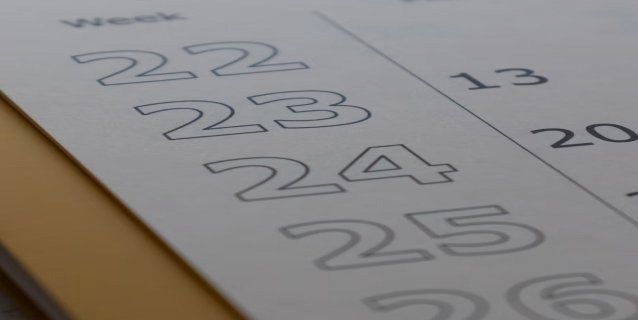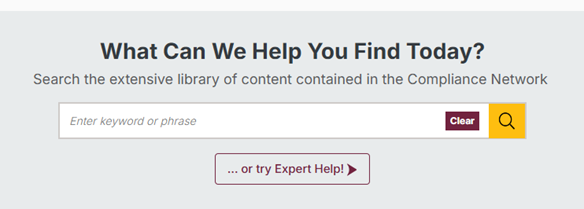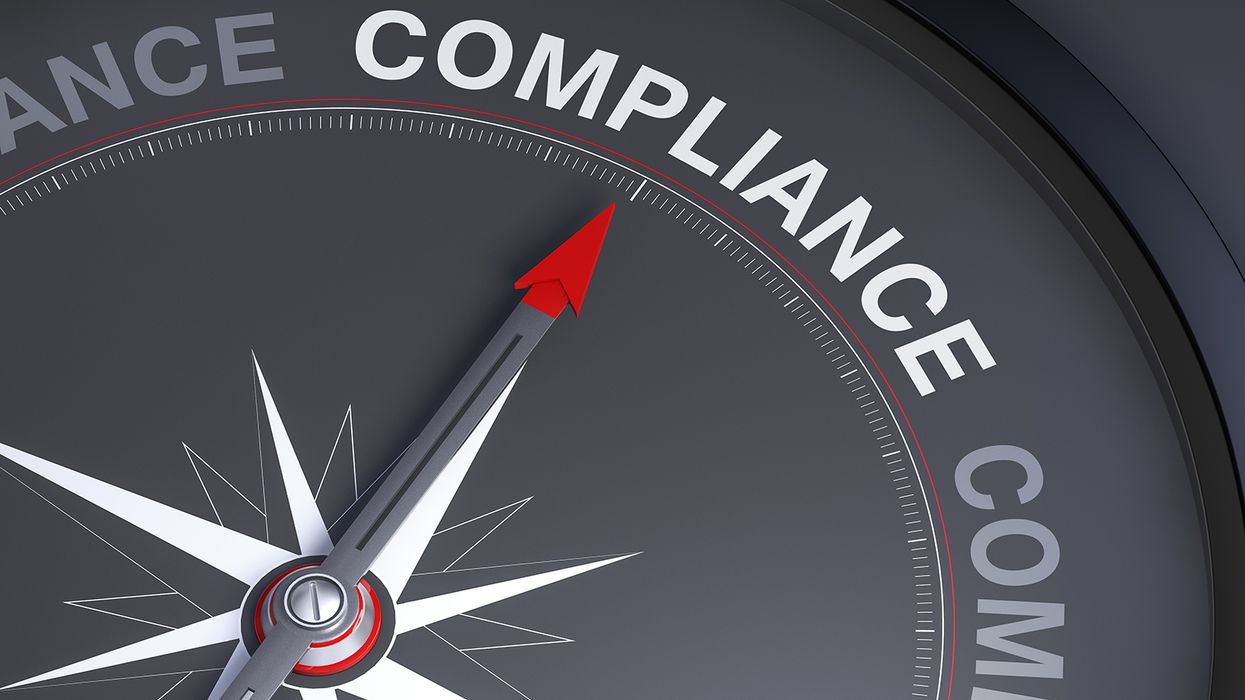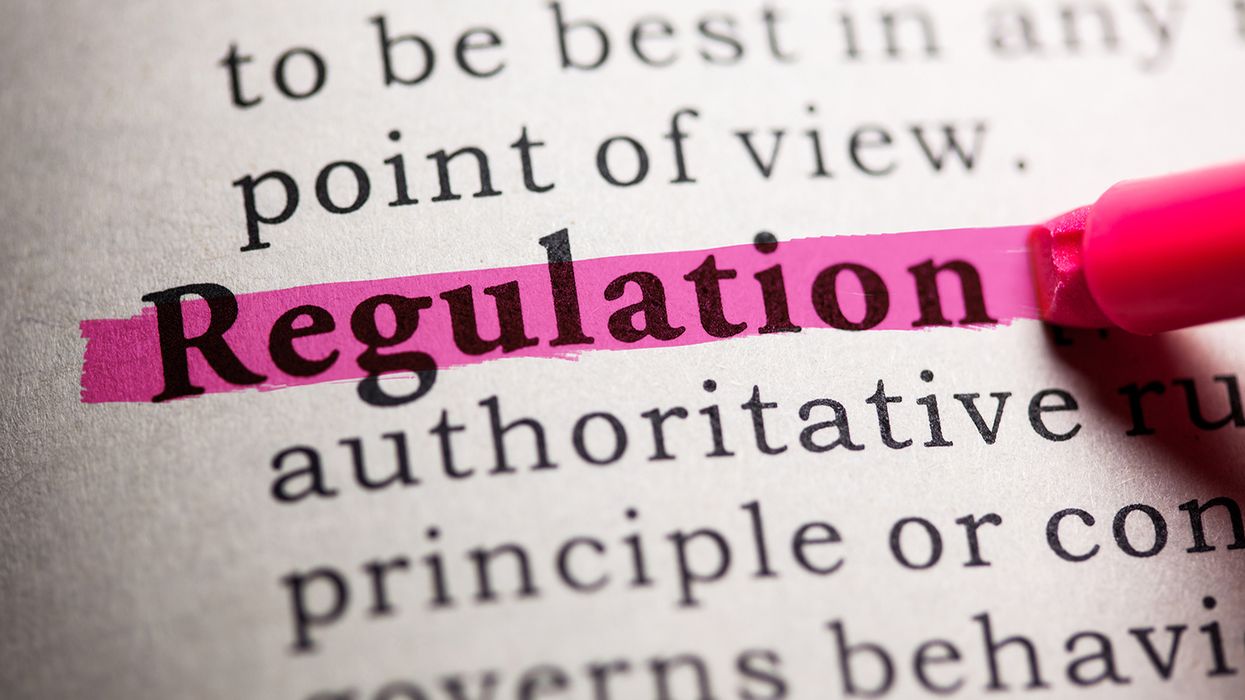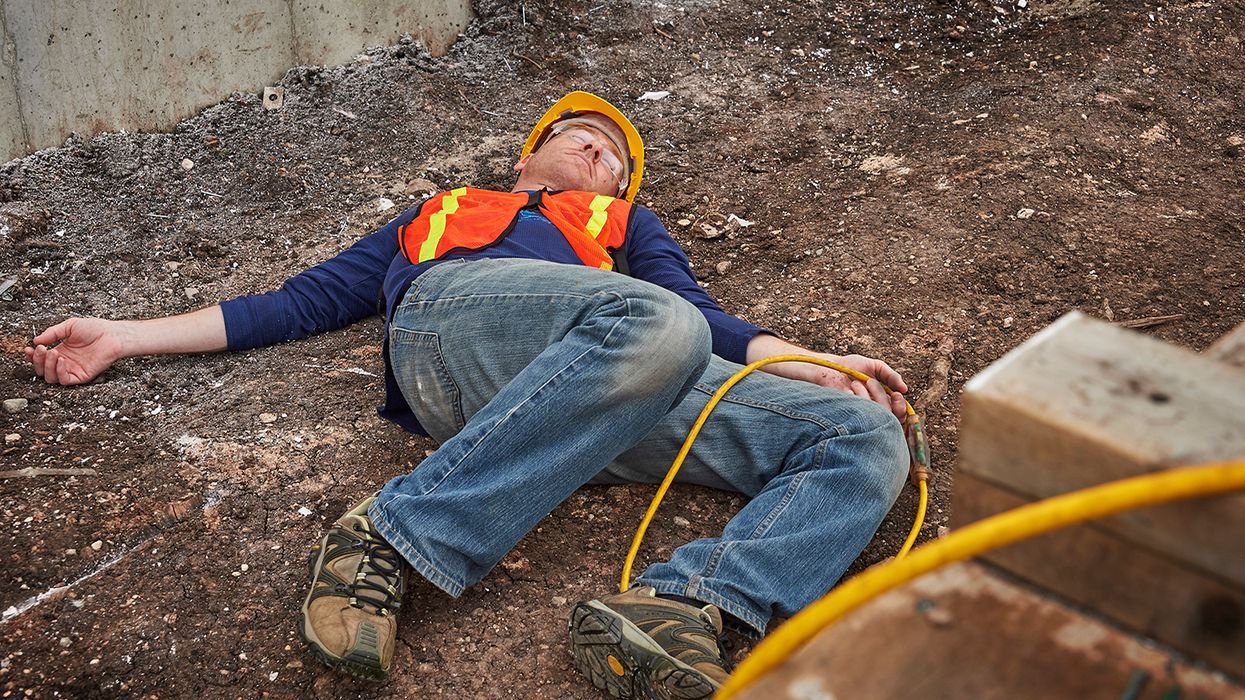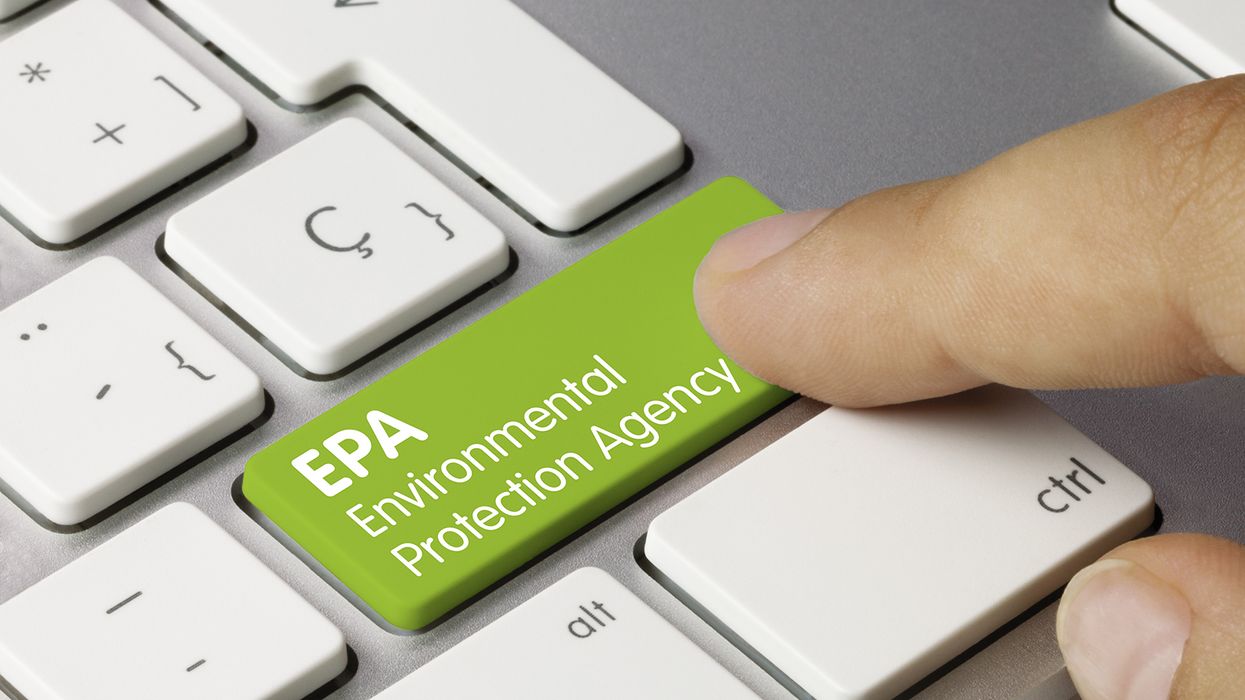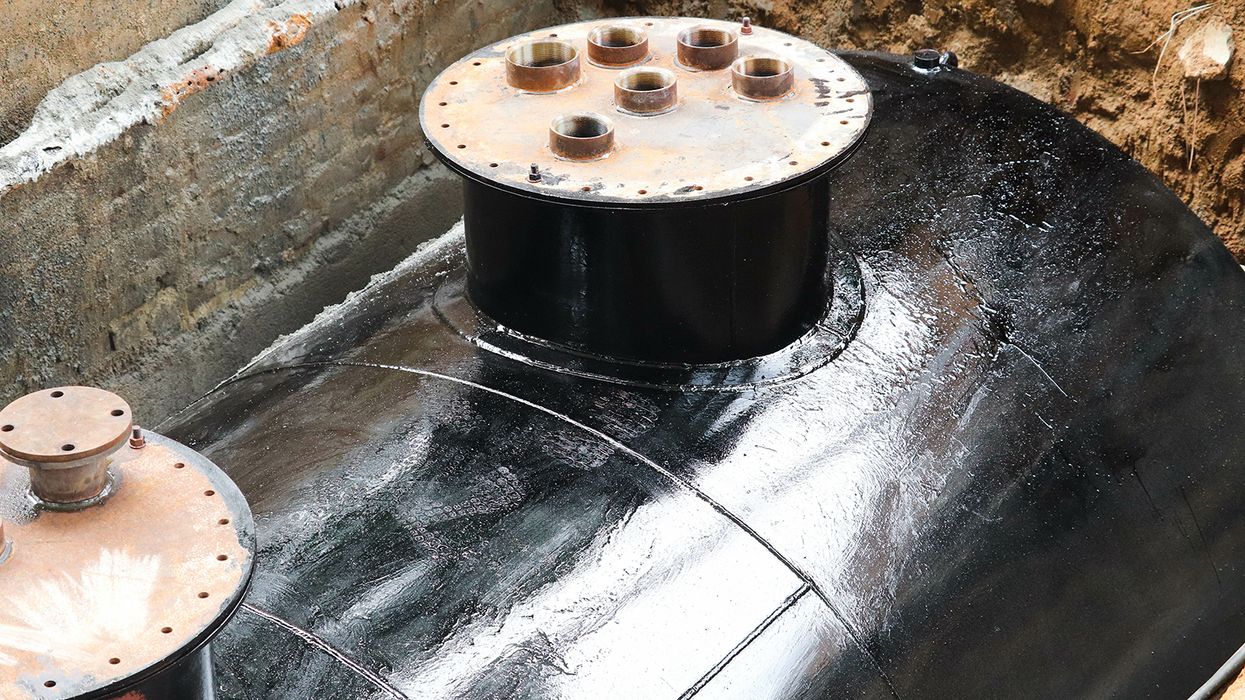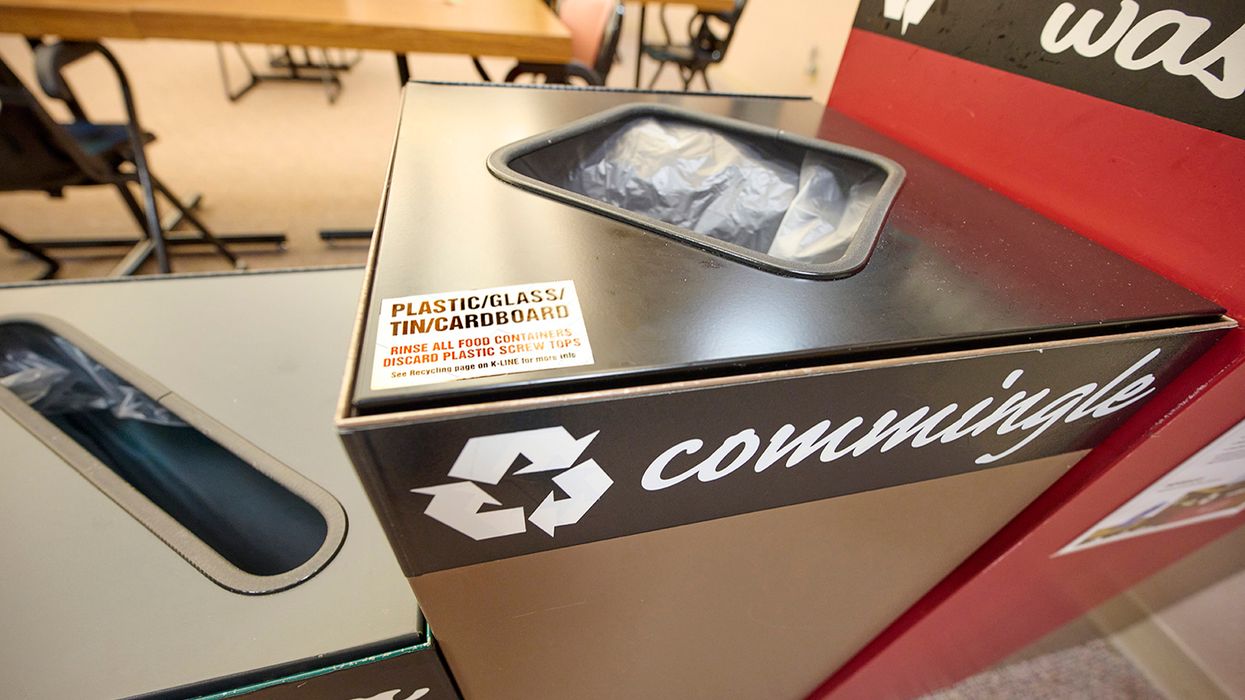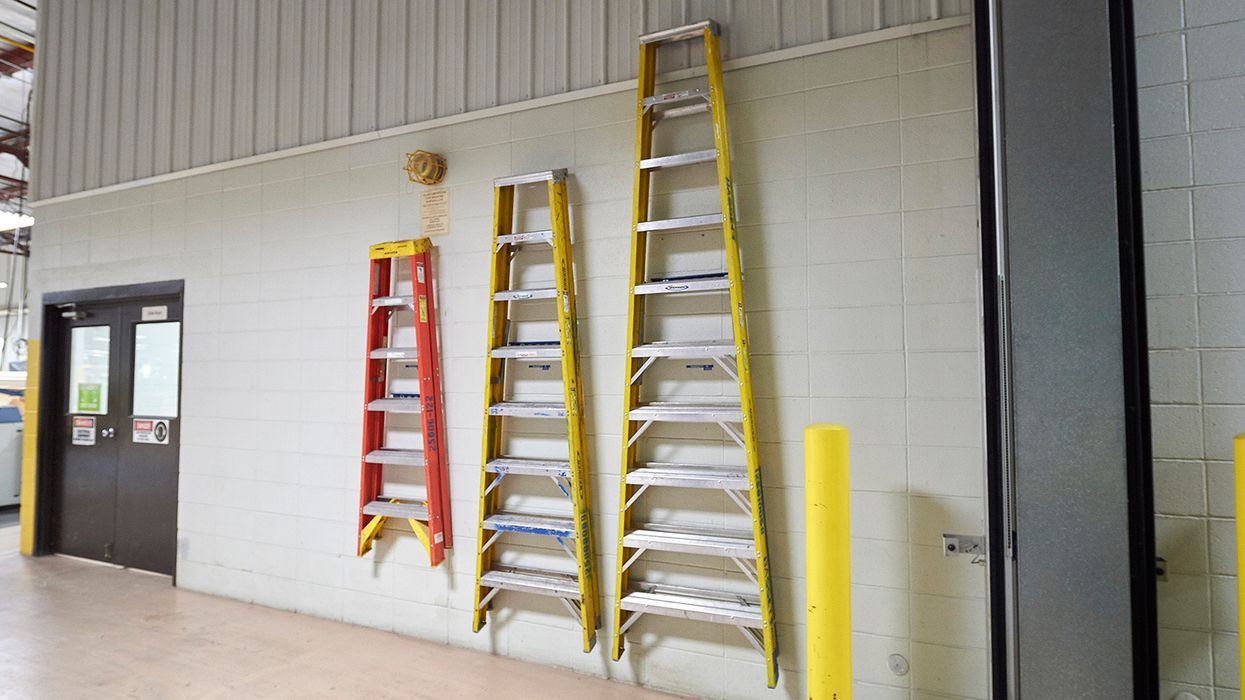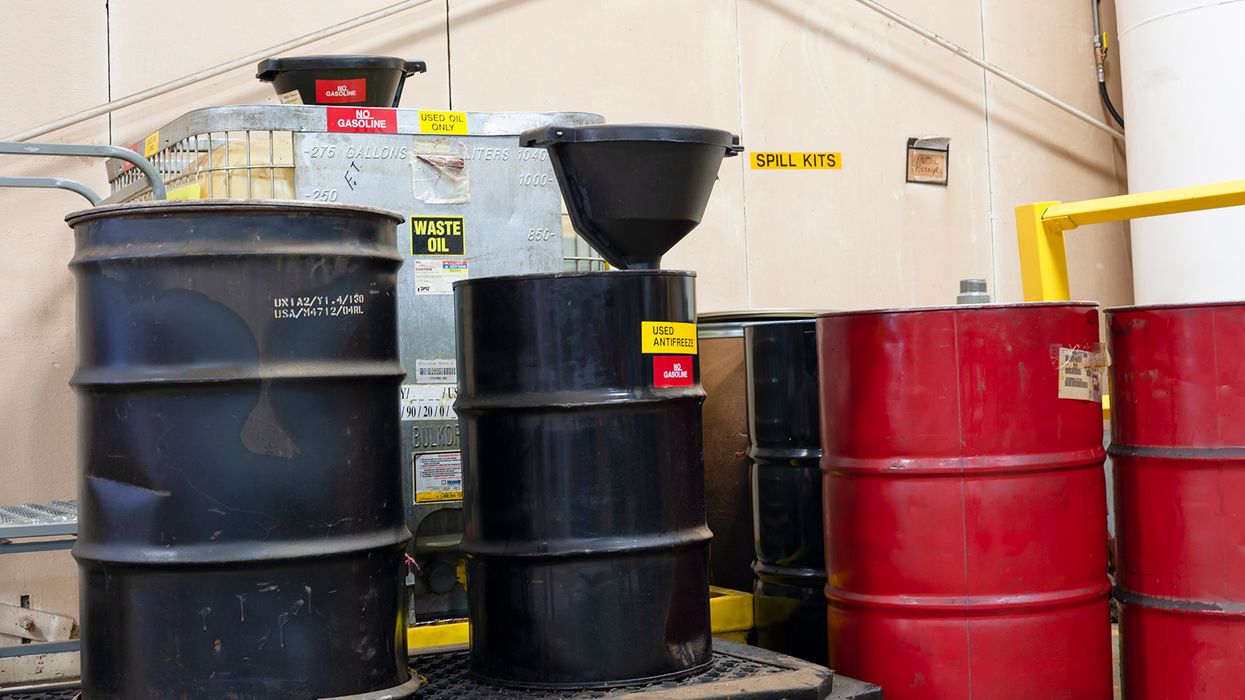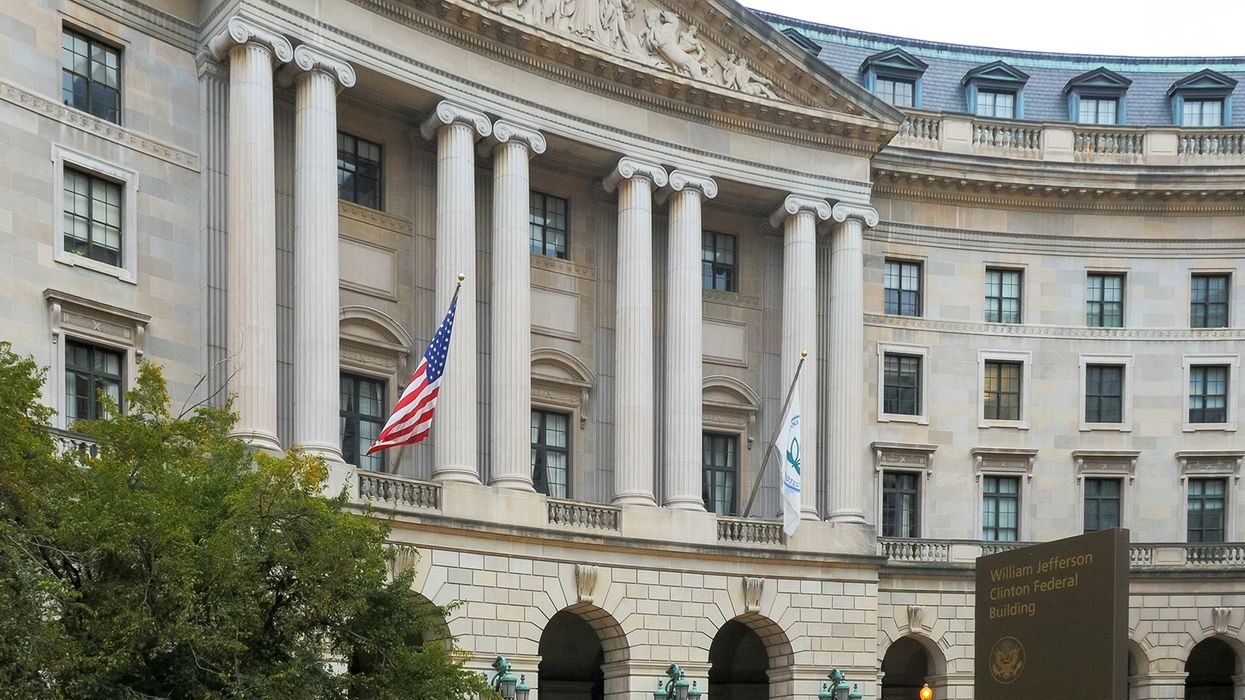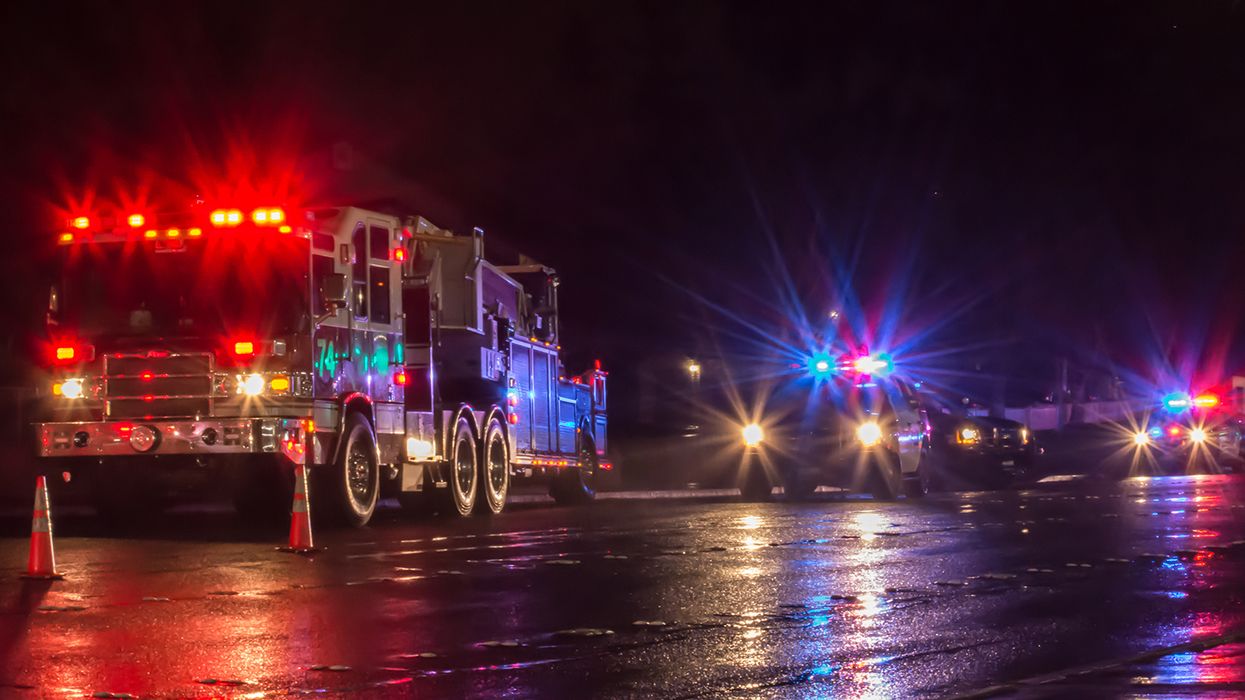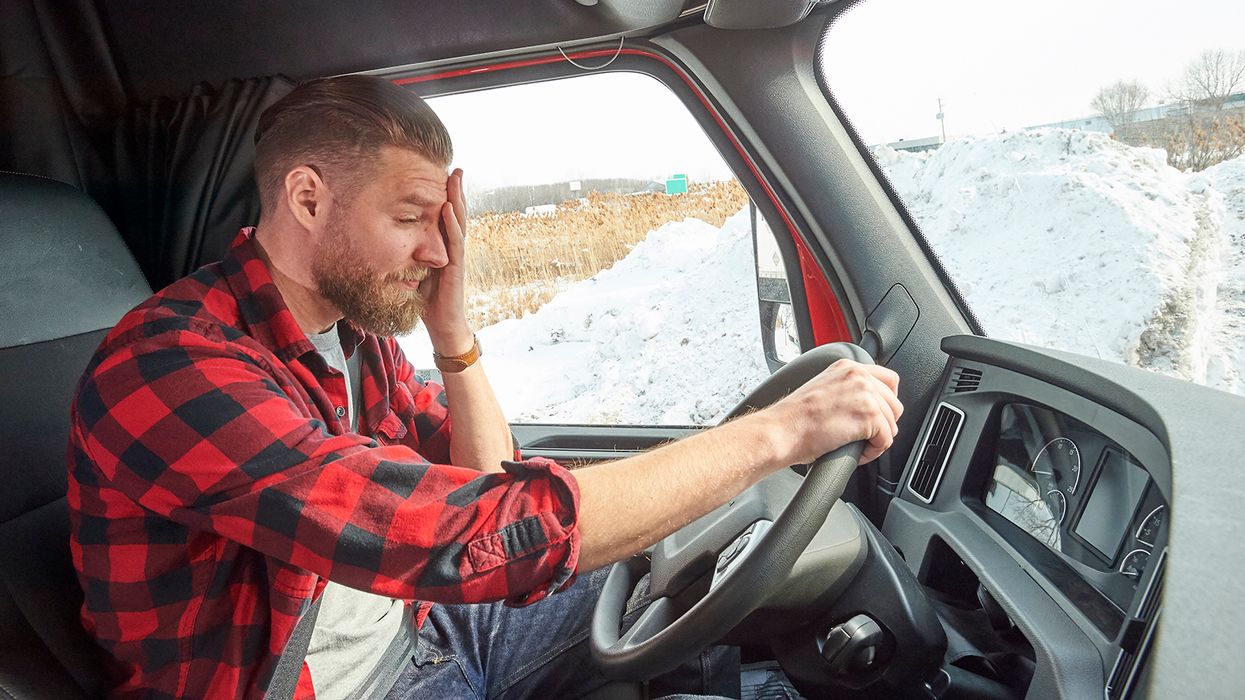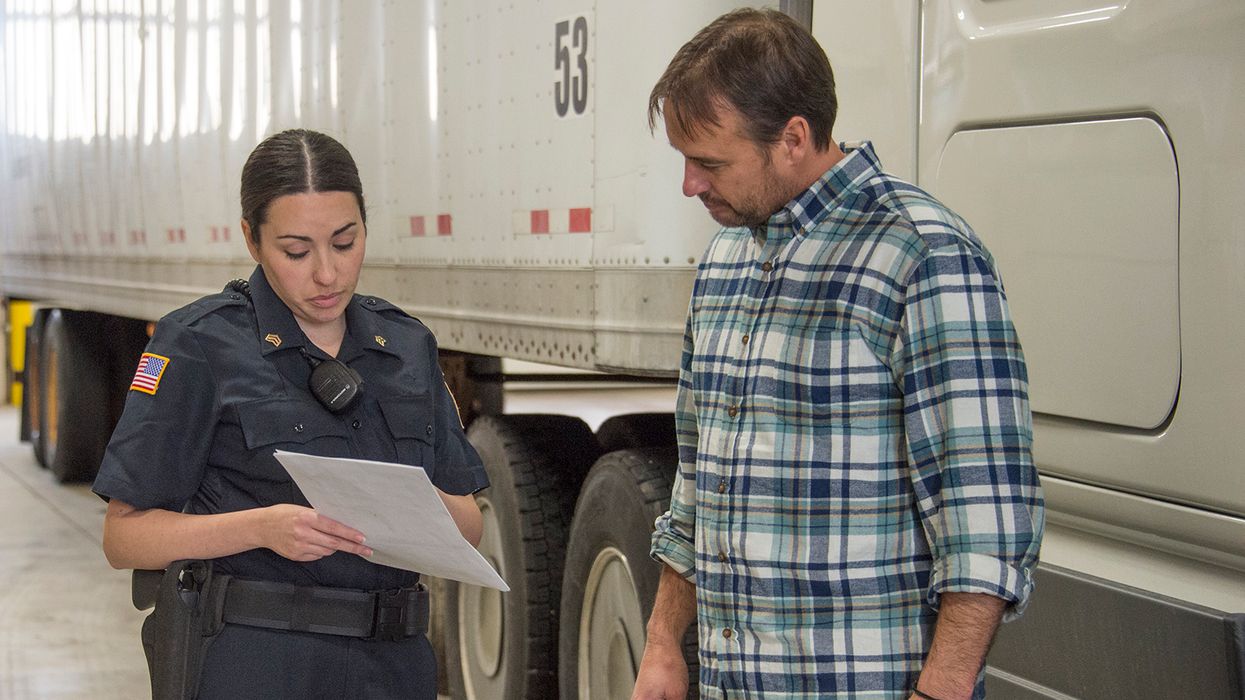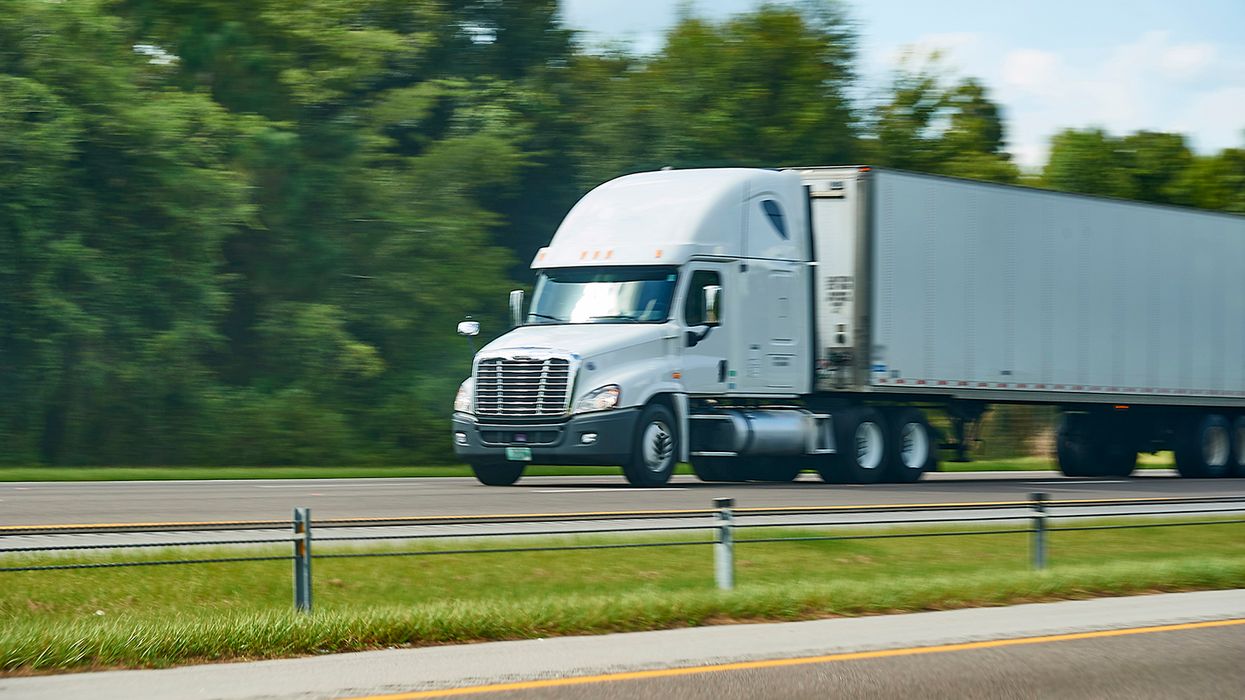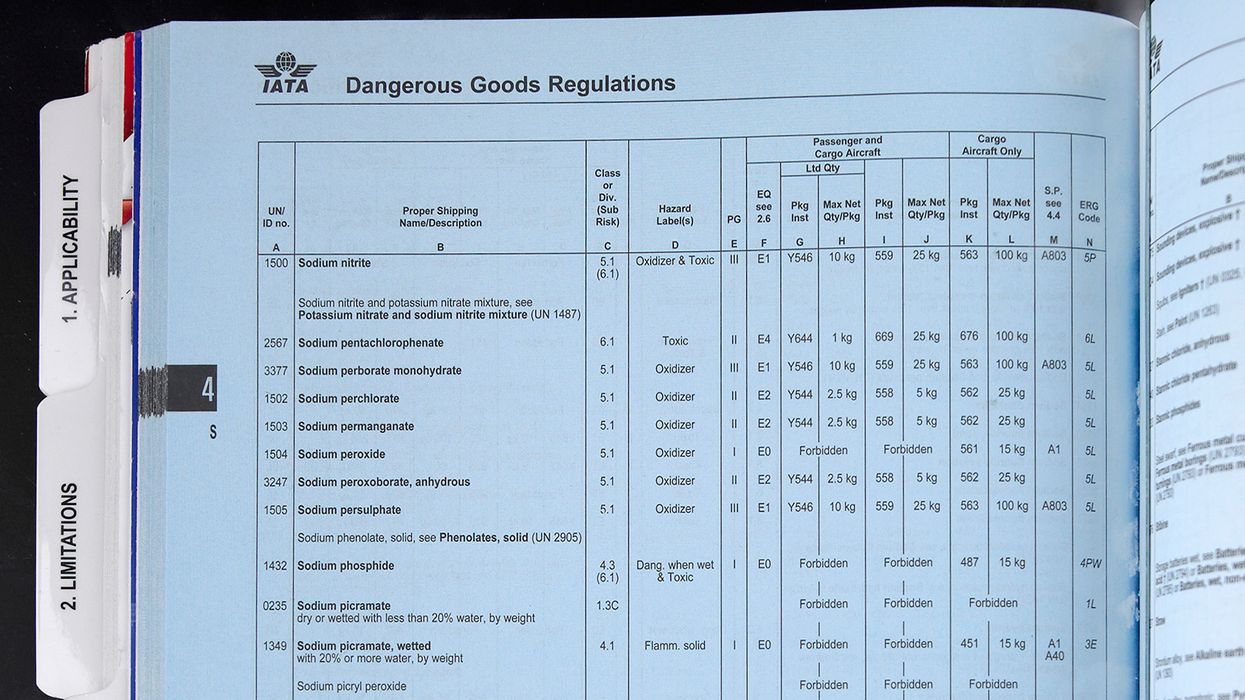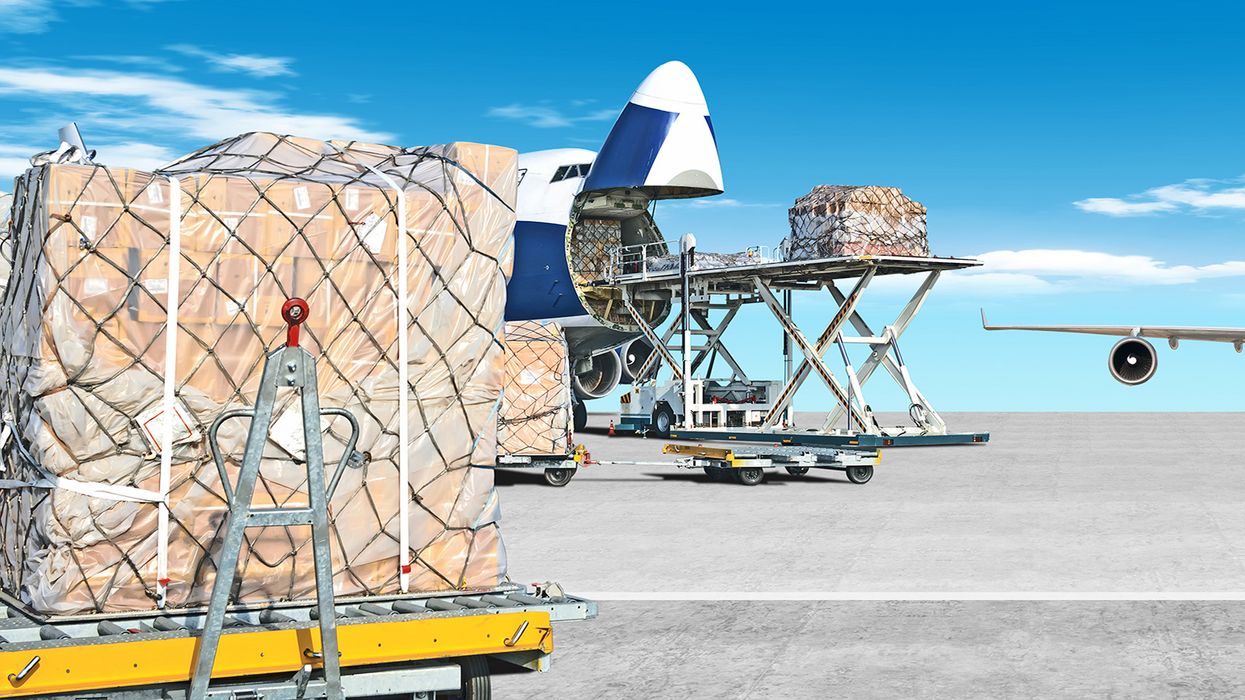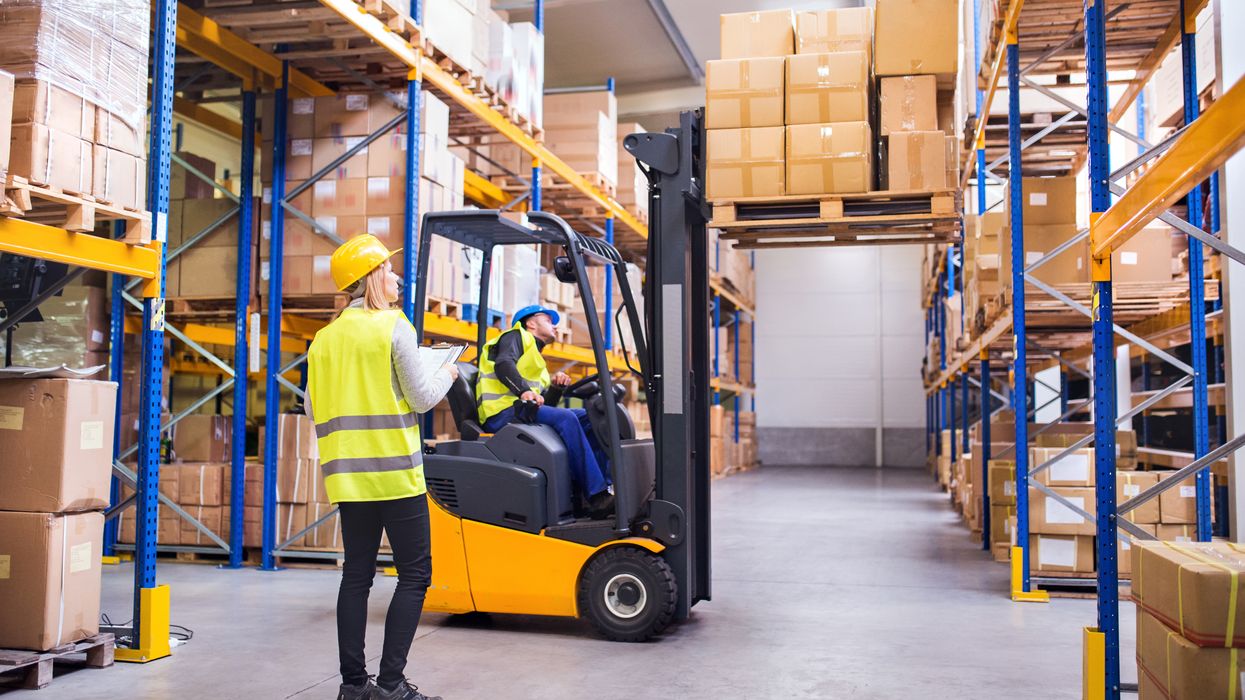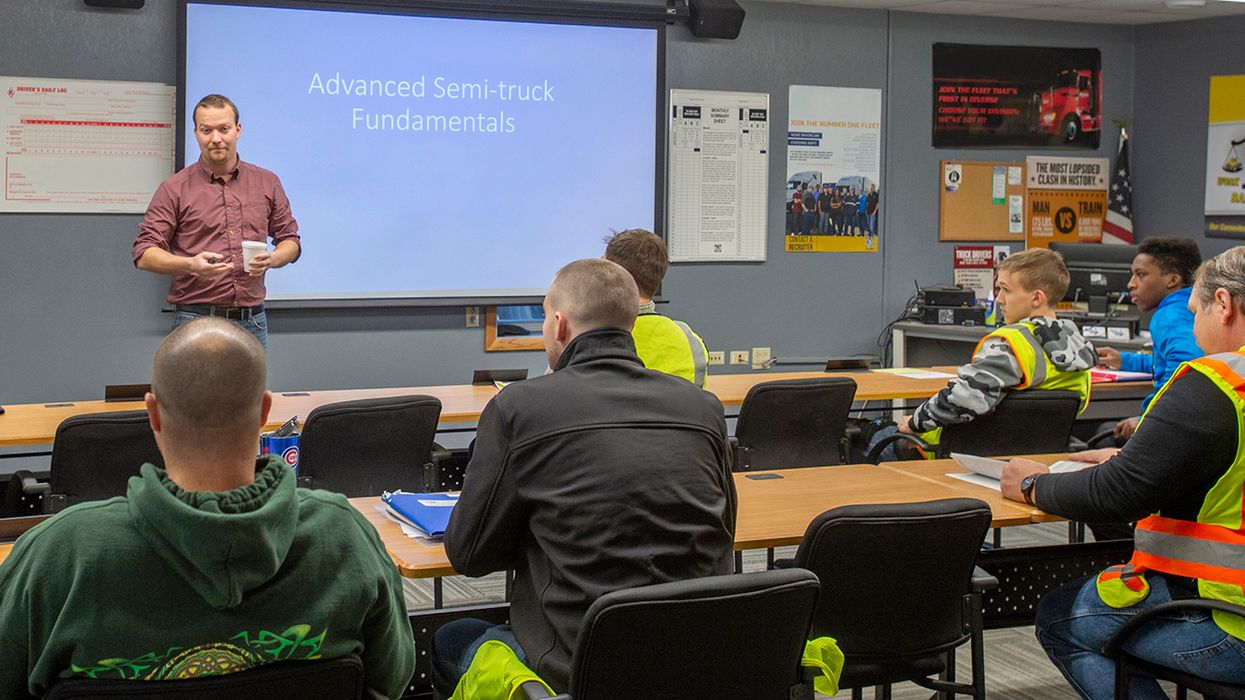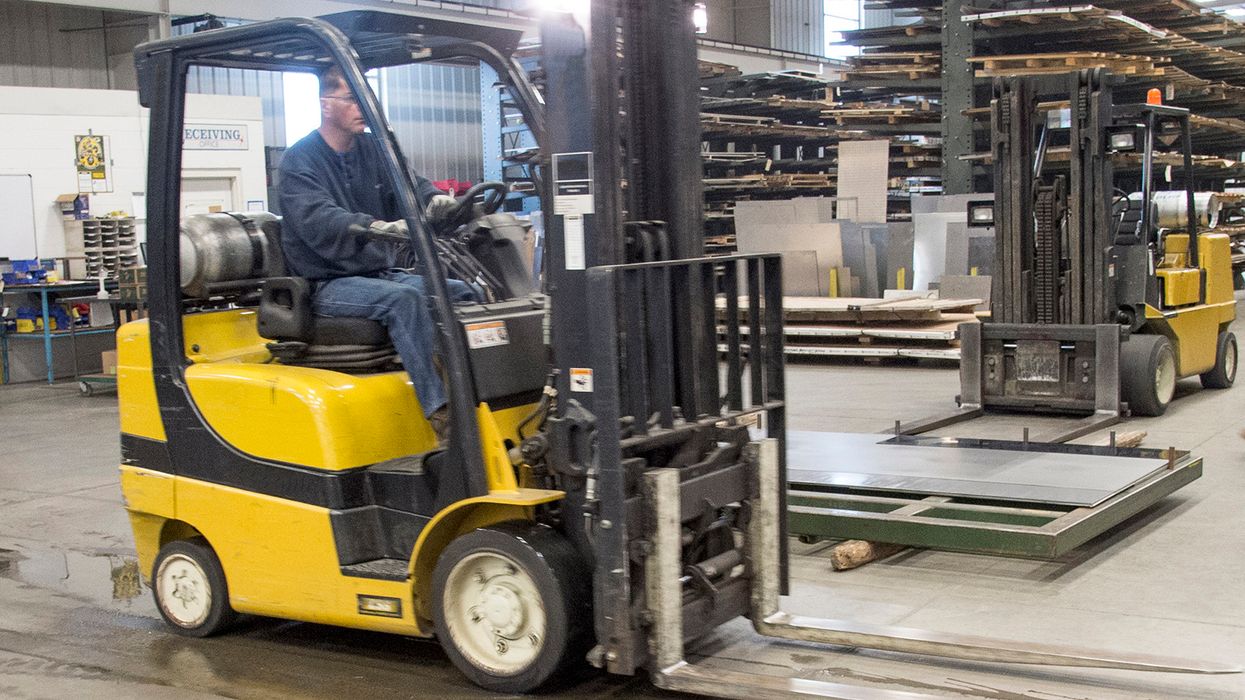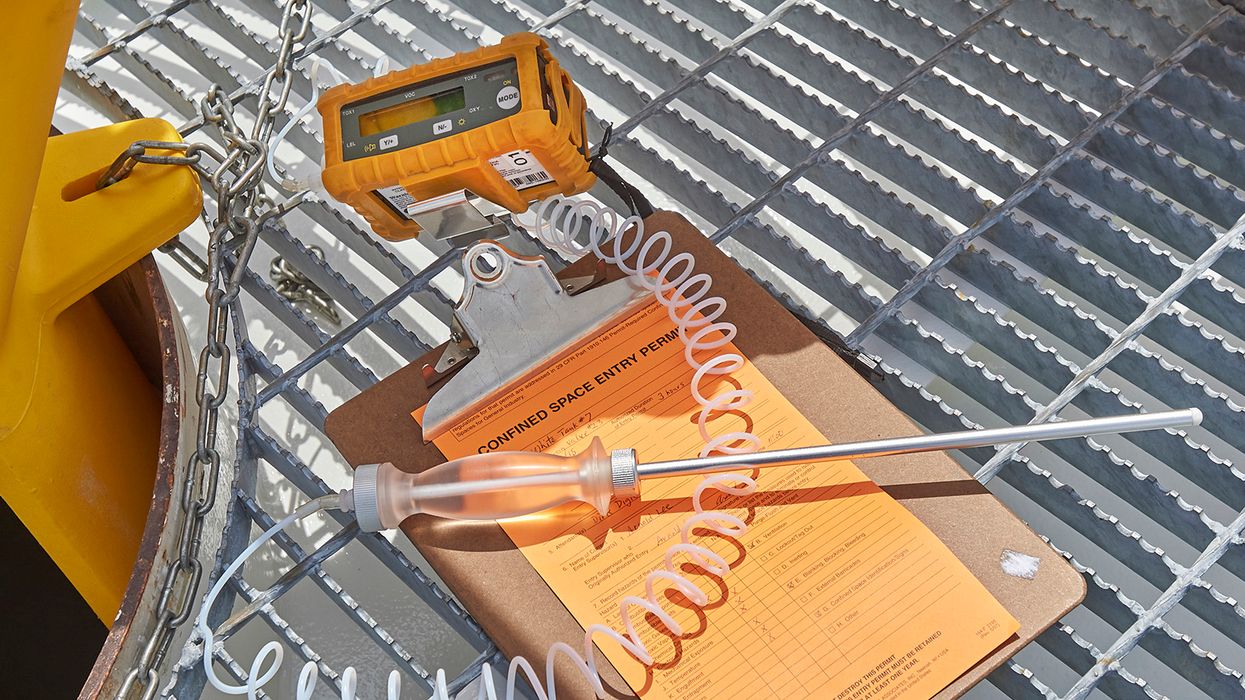Benefits of Reverse Logistics for Hazmat Retailers
Recognizing the need to make reverse logistics easier for hazmat retailers, the Pipeline and Hazardous Materials Safety Administration (PHMSA) included exceptions to the regulations for reverse logistics. The exceptions, which are similar to limited quantity exceptions, only apply to hazardous materials transported by highway which meet the definition of reverse logistics.
PHMSA defines reverse logistics as: the process of offering for transport or transporting by motor vehicle goods from a retail store for return to its manufacturer, supplier, or distribution facility for the purpose of capturing value (e.g., to receive manufacturer’s credit), recall, replacement, recycling, or similar reason.
Need additional information on limited quantity exceptions? Check out this ezExplanation for limited quantities.
Benefits
Retailers using reverse logistics for hazmat are exempt from the following regulation requirements:
- Labeling,
- Placarding,
- Specification packaging,
- Shipping papers, and
- Formal hazmat training requirements for retail employees.
In order for employees to be exempt from the formal training requirements, the manufacturer must provide those preparing the shipment with clear instructions on preparing a shipment from the retail store to the manufacturer. The instructions should include information on how to properly classify, package, mark, offer, and transport the shipment.
What can be shipped?
Hazmat transported under reverse logistics must be a limited quantity material as well as explicitly authorized for reverse logistics transportation under their applicable limited quantities section. Some examples of reverse logistics hazardous materials include cleaning supplies (e.g., bleach, ammonia), matches and lighters, charcoal, fireworks, road flares, aerosol personal care products, paints, high-proof alcohol, pesticides, and mouse poison.
While reverse logistics for hazmat doesn’t cover everyone, it does provide some relief from the HMR for retailers. Before using the reverse logistics provisions in 49 CFR §173.157, you must ensure they apply to you.





















